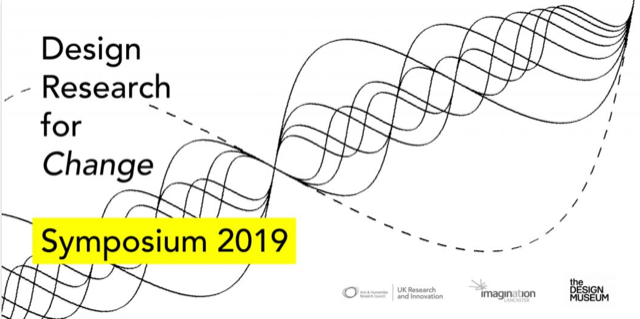Participants:
University of Arts London - Elisa Palomino
The report addresses the objective of innovating (traditional) creative and cultural industries and empowering cross-sectoral collaboration. The report, initiated by the Northern Dimension Partnership on Culture Strategy (NDPC) describes our project:
"FISHSkin (2019–2023) is a project that aims to increase the market take-up of fish leather to an industrial scale. It seeks to do this by integrating knowledge from different disciplines, Fashion Design, Material Science and Marine Biology, to form a new collective knowledge through which academic and industrial experts will strive to develop new techniques and methodologies."
Link to the Report
Link to FISHSkin contribution by our researcher Elisa Palomino of UAL. Pages 27, 34
Participants: University of Arts London - Elisa Palomino
ArsTinctoria - Gustavo Defeo
“Fish Leather, A New Environmentally-Friendly Material” - lecture by FishSkin project researchers presented during the two-day Design Research for Change (DR4C) symposium at the Design Museum, London.
The AHRC Design Research for Change (DR4C) Showcase at the London Design Fair 2019 included 61 design-led research projects that spanned a range of design disciplines, ways of working, geographical spread across the UK, methodological and conceptual boundaries. Each explored how design is increasingly involved in social, cultural, economic, environmental and political change, and hoping to be an active part of it.
The lecture draws on findings gathered through a partnership between the UAL, the Icelandic tannery Atlantic Leather and the Italian analytical laboratory Ars Tinctoria connecting fashion designers, scientists and leather technicians from the UK, Italy, and Iceland to advance material innovation by using new technology (water-based ink digital printing methods) on fish leather. The paper presents the journey of the mapping process, illustrating the key stages of the research, which led to the discovery of new material properties and finishes through applying digital printing processes to a food industry by-product material – such as fish leather.
The methods and practices of the project included dynamic interaction between the researchers facilitated through the cooperative framework of the FiISHSkin Horizon 2020 project. The findings identify that new materials, processes, and techniques are often the result of the successful union of fashion and technology to help drive the industry towards a more sustainable future.












